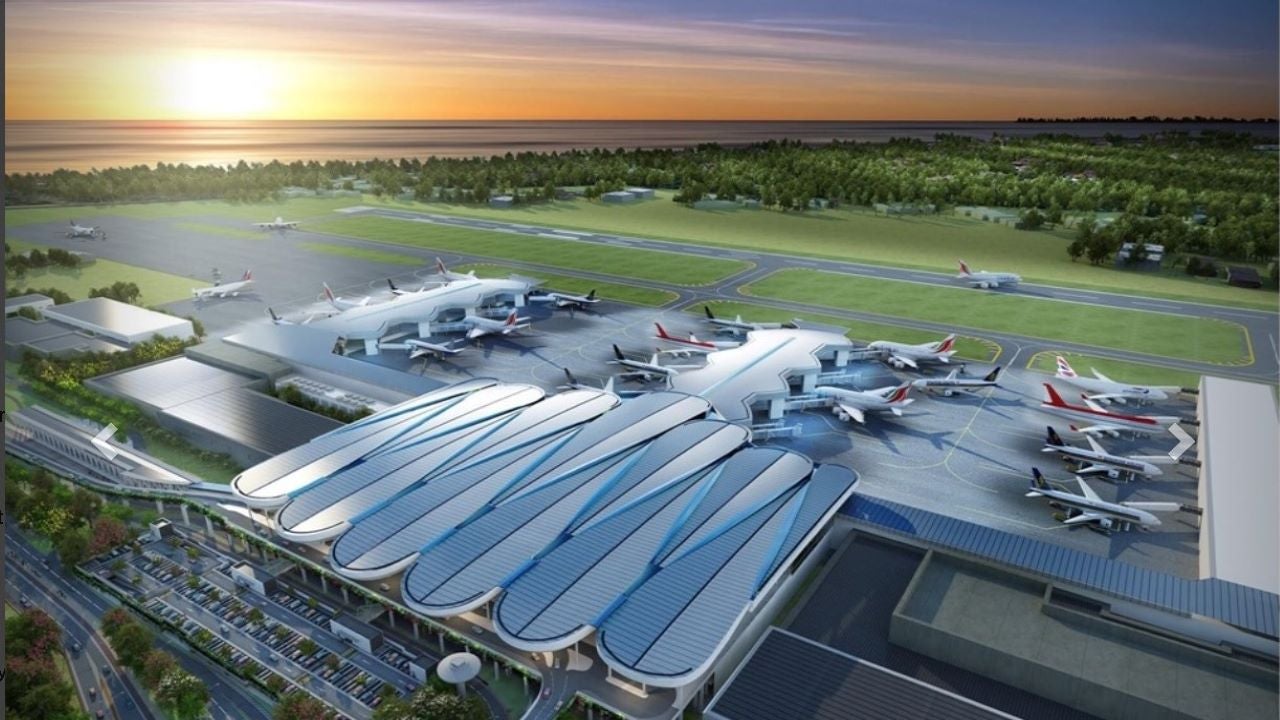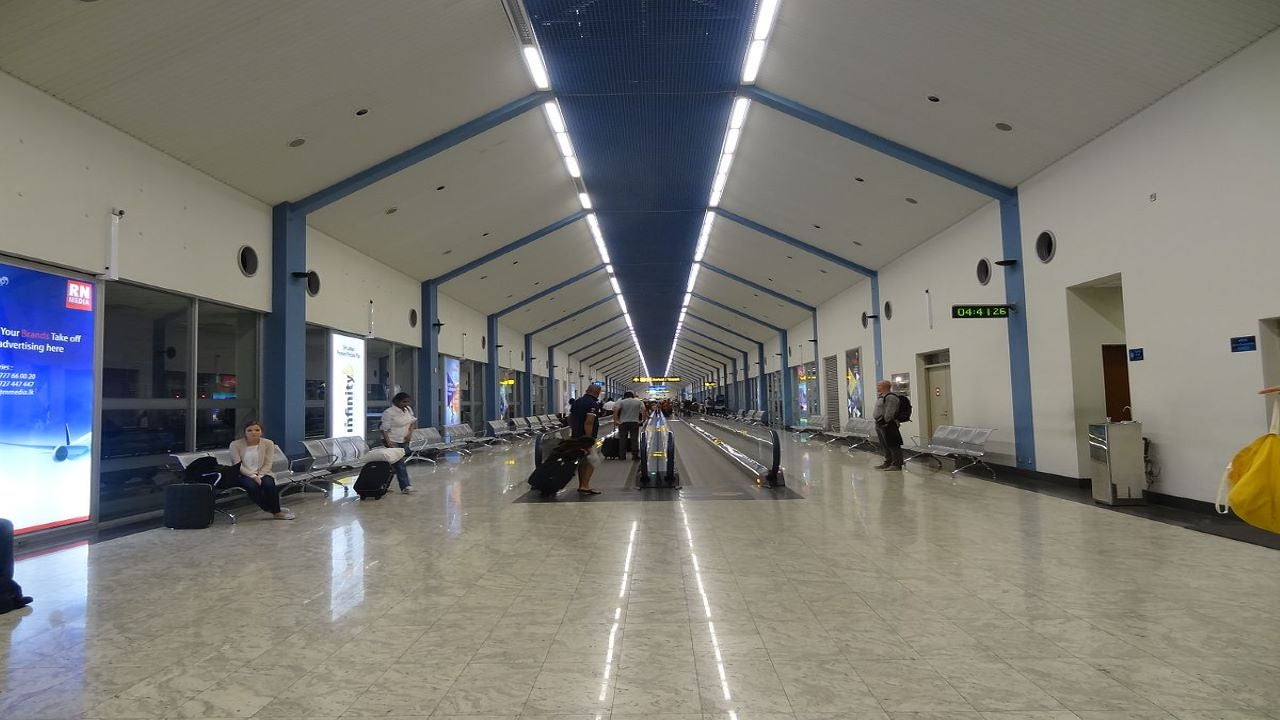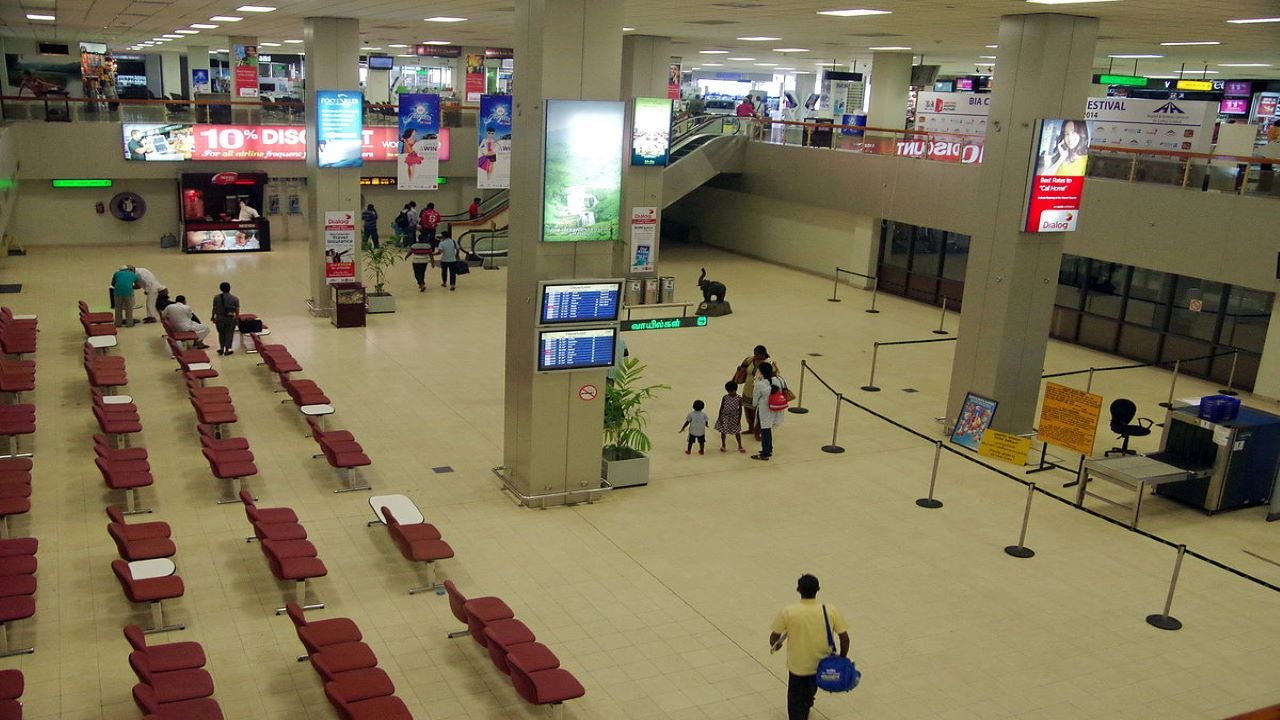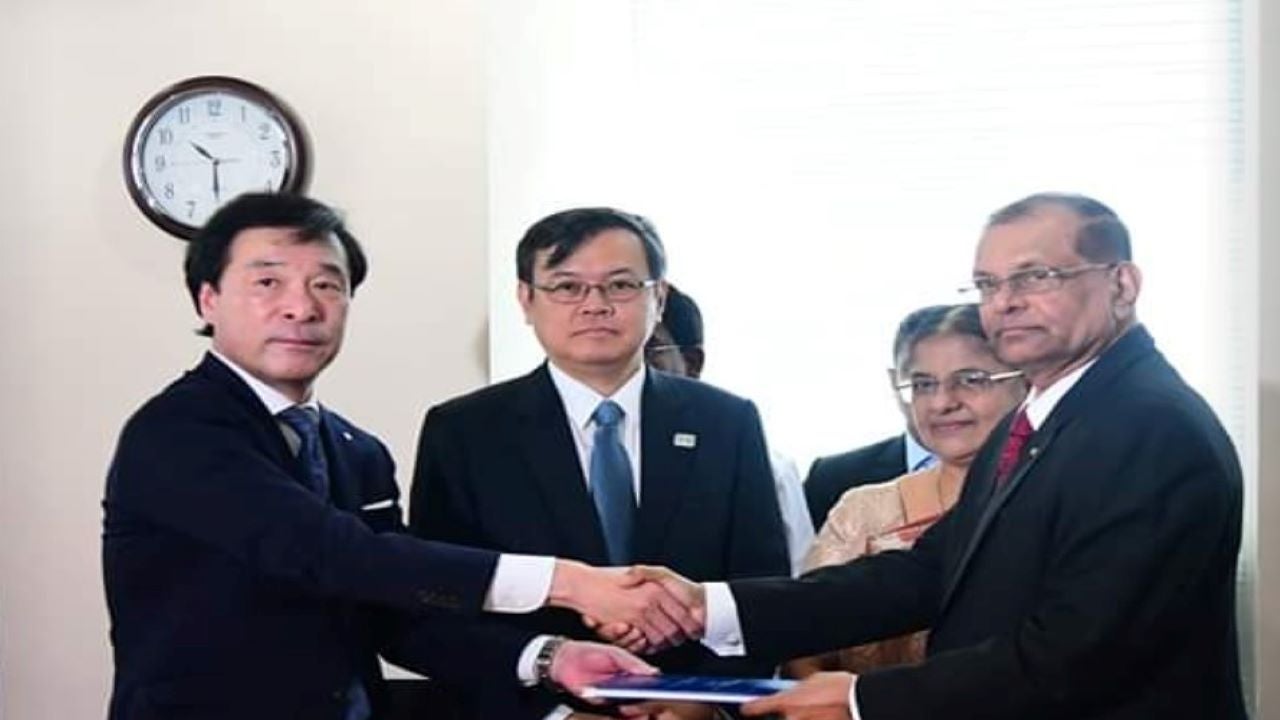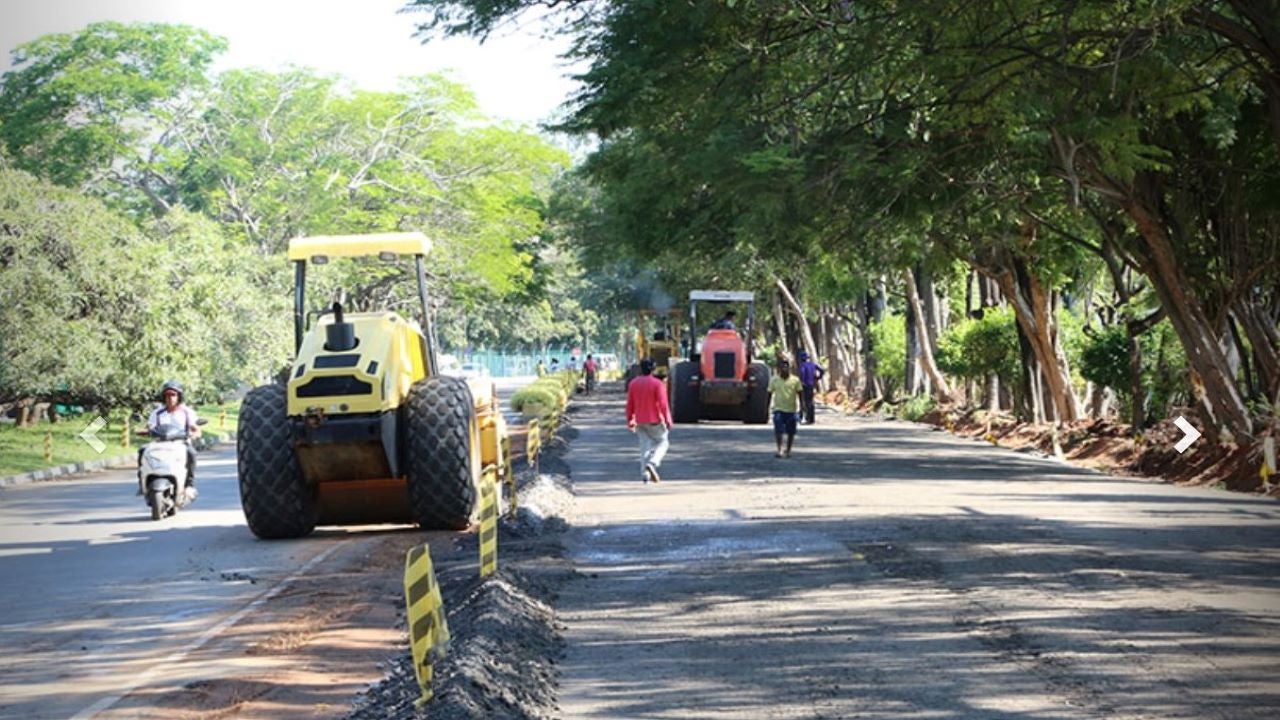Bandaranaike International Airport in Katunayake, Sri Lanka, is undergoing a major expansion to provide improved passenger experience and increase handling capacity.
Construction of the second passenger terminal building (Terminal 2) is the centrepiece of the airport’s expansion programme, which aims to increase business opportunities in Sri Lanka’s aviation sector.
The airport authorities held a kick-off meeting with the new terminal contractor and project consultants in September 2020 to present the working plan for the terminal construction and other related works. The $550m expansion project comprises two packages, package A and package B, and it is expected to be completed within three years.
The project will address issues such as congestion and passenger discomfort at the airport. The new terminal is expected to handle nine million passengers a year, taking the airport’s passenger handling capacity to 15 million passengers annually. In July 2020, the airport installed the latest X-ray machines for improved baggage screening capability.
Bandaranaike International Airport Terminal 2 design and features
The new terminal will offer barrier-free access with multiple environmentally-friendly initiatives and incorporate Japanese advanced technology.
The project will involve the construction of a new multi-level terminal building with a floor area of approximately 180,000m², two new piers, and a link course connecting to the existing terminal. The arrival and departure areas will be separated vertically.
Bandaranaike International Airport’s new terminal building will include 96 check-in counters, eight baggage claim belts, seven baggage make-up carousels, contact boarding gates, passenger boarding bridges, and bus gates.
The terminal will incorporate sustainability measures such as 40% water saving, 25% energy saving, installation of energy-efficient equipment, commitment to using zero chlorofluorocarbons (CFC) and hydrochlorofluorocarbons (HCFC) refrigerants, and preferred parking for low emitting and fuel-efficient vehicles.
Construction details
Package A of the expansion project involves the construction of the second terminal, with a link concourse, new parking apron and taxiways, five-level car park and public utilities, and elevated access roads. It includes buildings that are connected to the main terminal buildings, stormwater drainage system, electricity, water supply and sewage disposal system, integrated machinery, and combustion engines.
Package B development works are nearing completion, with 82% of the works completed by August 2020. Works include the addition of 23 new aircraft parking bays and other improvements such as machinery, retention pond and stormwater drainage system and access road.
Other components of the airport upgrade and expansion include increasing the capacity of the incinerator, water treatment plant and sewage treatment plant.
Financing
In March 2016, the Japan International Cooperation Agency (JICA) signed a loan agreement worth JPY45.42bn ($403.75m) with a 40-year repayment period to support the new terminal construction and associated works. It previously provided a loan of JPY28.96bn ($257.44m) for the detail design of the airport.
Contractors involved
Japanese construction company Taisei is the contractor for the construction of Terminal 2.
Japan Airport Consultants and Nippon Koei are serving as project consultants, while engineering consultancy firm Green Technologies was contracted to provide Leadership in Energy and Environmental Design (LEED) consultancy services for the project.

